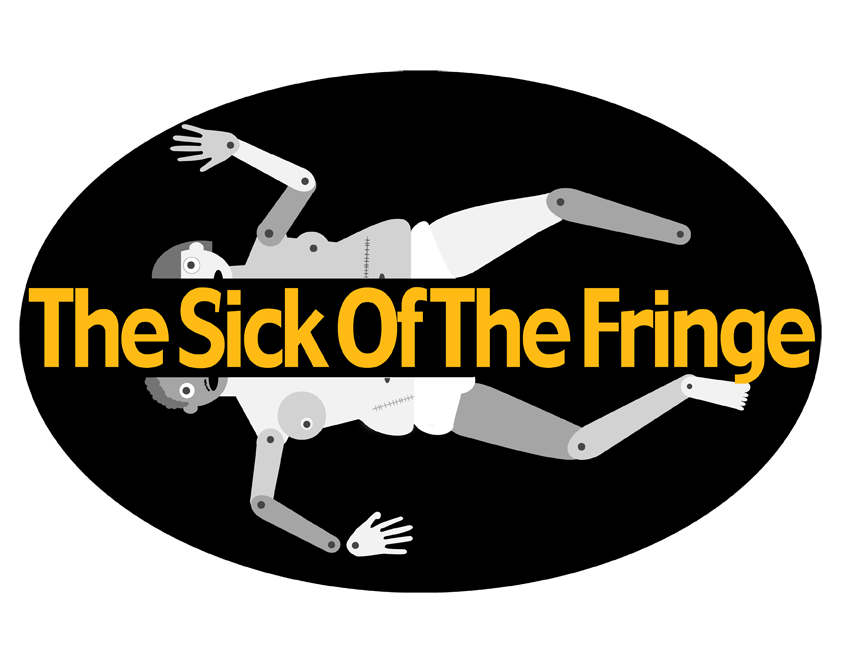Cryptophasia is the phenomenon of a language developed by twins. At the start of The Convolution of Pip and Twig the consistent, unintelligible muttering suggest these two are among the 50% of twins who have created their personal idioglossia; an idiosyncratic and essentially private language invented and spoken by only a couple of people.
Kara McLane Burke and Siân Richards humble us with an intimate gentle performance that waxes and wanes like the cardboard moon above the stage. Playing identical sisters they transport us to their world, somewhere between Mr. Ben and Rainbow - a childish hedonistic utopia.
After waking entangled from sleep, they dance and complete chores in synchronisation, until Twig is seduced by the moon and slopes off only to be pursued by her sister/twin into the night and the ocean. Clownlike performance and playful physical theatre is complemented by a handmade set: the ocean is enthralling and helps to disperse the overwhelming sense of separation anxiety whenever the two characters are apart. Research shows emotional attachment in twins can become unhealthy with a loss of individualism; this is almost palpable to the audience who feel a genuine philological sense of disconnection when Pip and Twig are apart.
This summer, BBC’s Horizon My Amazing Twin explored the genetic condition neurofibromatosis type 1 and the different effect it had on a set of identical twins, encouraging a discourse around the research studying the differing genetics of identical twins. The Convolution of Pip and Twig explores the twin’s relationship through repetition, as if they are conscious of their intertwined and indistinguishable DNA.
- Lucy Orr
The Convolution of Pip and Twig ran at 18.40 at SpaceTriplex (Venue 38) until August 27th - https://tickets.edfringe.com/whats-on/convolution-of-pip-and-twig
The Lone Twin: How to Deal With Twin Separation Anxiety: https://healdove.com/mental-health/The-Lone-Twin-How-to-Deal-With-Twin-Separation-Anxiety
Twintuition: Ezra and Adeev Potash at TEDxOmaha: https://www.youtube.com/watch?v=HDLoOrdhfAw
Identically Different: Tim Spector at TEDxKingsCollegeLondon: https://www.youtube.com/watch?v=1W5SeBYERNI
Becoming a twin... at age 23: Georgy Cohen at TEDxSomerville: https://www.youtube.com/watch?v=HxHCYSOtLyI
1 Language That Only 2 People Speak: The Secret Language Of Twins: https://www.babbel.com/en/magazine/twins-secret-languages








